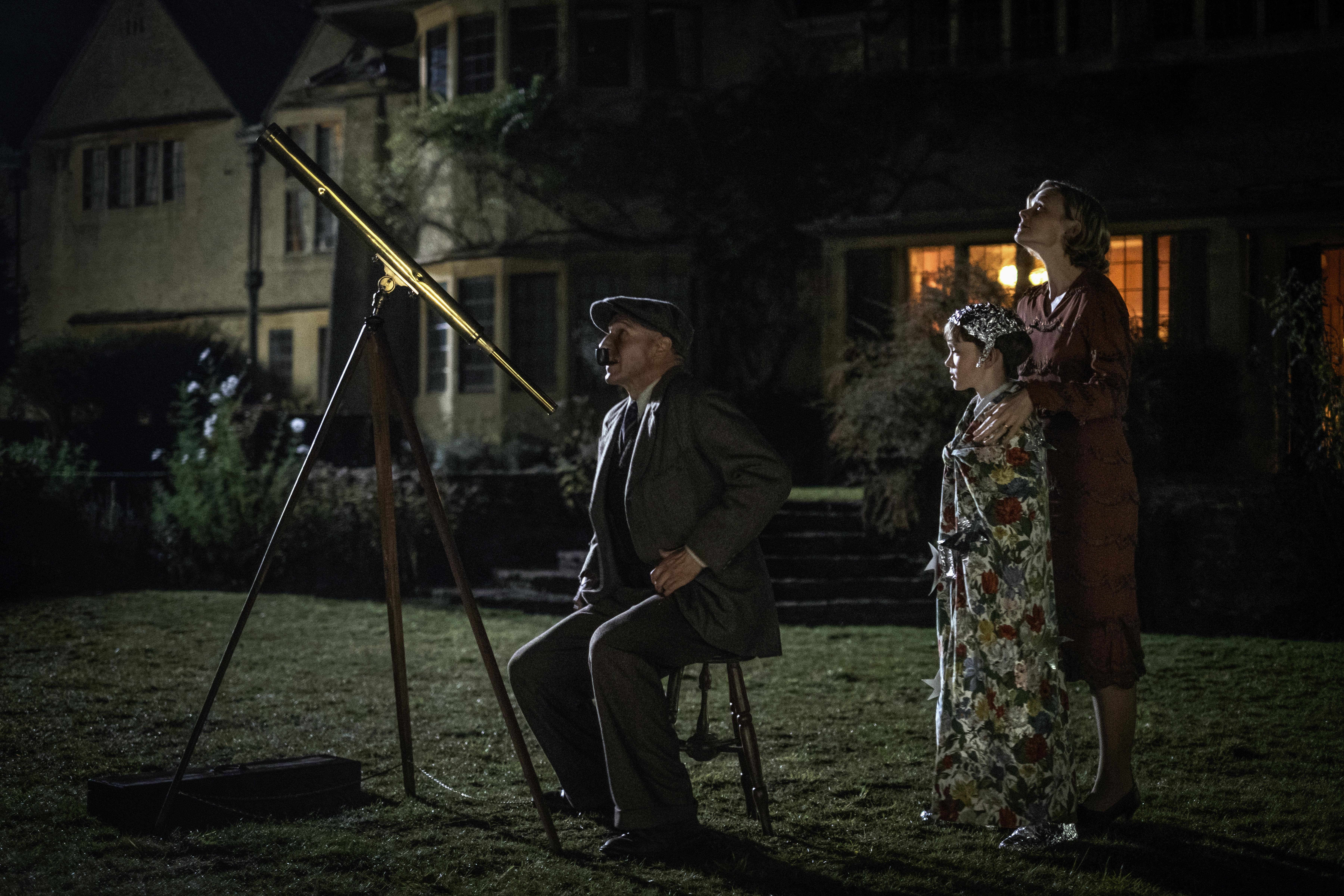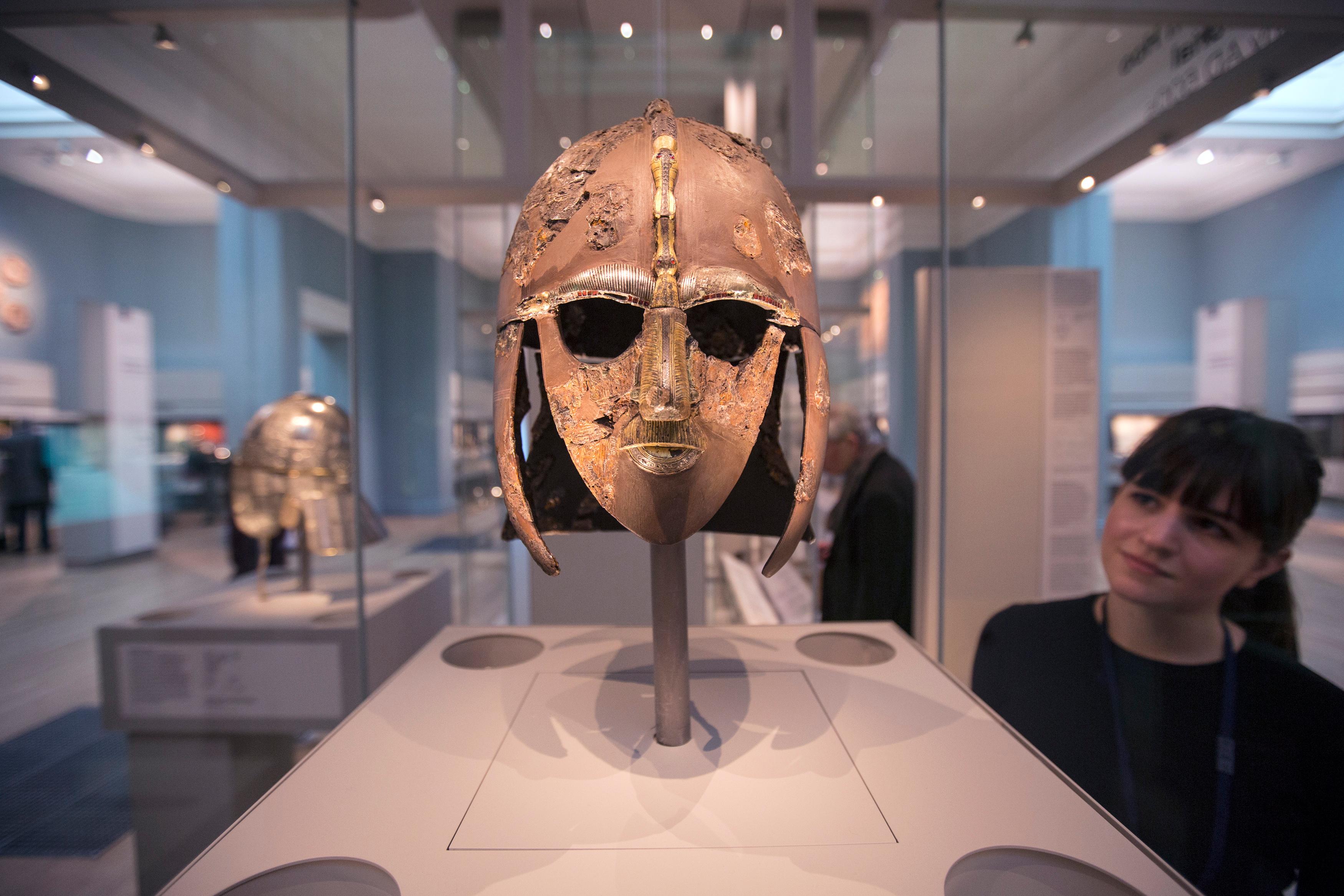'The Dig' Is Actually Based on a Real Ship Burial
Published Jan. 29 2021, 9:17 p.m. ET

Before there was Netflix, there were books, and before there were graveyards, there were ship burials. The new Netflix film, The Dig, based on a book also called The Dig by John Preston, is a piece of historical fiction that dives deep into one of the last ship burials ever documented. The Dig follows three main characters as they uncover the Sutton Hoo ship burial, and the excavation process that goes along with uncovering these new mysteries.
While The Dig is mainly a fictional drama following its main characters, their class conflicts, and their relations to one another, it centers around a very real event: the Sutton Hoo excavation. Back in 1939 on the heels of World War II, the famous Sutton Hoo ship was discovered during what began as a pretty small excavation. Little did they know what they would end up discovering.

‘The Dig’ features the very real Sutton Hoo excavation, with characters based on real people.
The main character of The Dig, Edith Pretty (Carey Mulligan), decides to hire a self-taught archaeologist, Basil Brown (Ralph Fiennes), to do an excavation of her backyard. Her husband had died a few years earlier in 1934, so in 1938, it was about time she learned what the mounds in her Suffolk backyard were. Basil Brown and two assistant diggers began uncovering riches. They then found evidence of a ship burial as part of their excavation.

In 1939, Basil dug deeper (literally), and because this excavation became a bigger deal than anticipated, a whole excavation team led by academic Charles Phillips (Ken Stott) was sent in to take over. Together, they began uncovering the secrets of Sutton Hoo in an excavation that we still have more to learn from! Most of the ship’s artifacts are housed in the British Museum, where we can see them today. Plus, we’ll see a bit of what it looked like in The Dig.
The Sutton Hoo excavation featured in ‘The Dig’ was a pivotal point in English history.
Basically, Sutton Hoo is one of the last ship burials discovered. Before people were buried in cemeteries and graveyards, people of high authority and power were buried in ships. The excavation of Sutton Hoo suggests that there was a person in a position of high power that was buried, along with all the riches found within the ship. Many archaeologists believe the decomposed body found in the ship belonged to King Raedwald, who is believed to have died in the 620s.

Sutton Hoo excavation riches displayed in the British Museum
King Raedwald was an Anglo-Saxon king who ruled East Anglia, which is now known as Suffolk. There are also dates and names on coins buried in Sutton Hoo around the supposed king that suggest this, as well as military and domestic objects. Not only was this excavation pivotal in learning about some of the ties and traditions that led to modern-day England, but archaeologists discovered that society may have been more advanced than previously thought.

Sutton Hoo excavation riches displayed in the British Museum
In the Sutton Hoo excavation, archaeologists found artifacts from other areas of the world, suggesting that there was much more trade and communication between societies. National Geographic surmises that “the early medieval society portrayed in epic poems like Beowulf might be more reality than myth.” Many historians also believe this was a last push against the incoming Christianity, and that the practice of ship burials was a last ditch effort to fend off the new religion.
‘The Dig’ shows the Sutton Hoo excavation in a whole new light.
While the Sutton Hoo excavation was a momentous event for history and archaeology, it was surrounded by drama of a different kind, which is what The Dig centers on. Between the great wealth of Edith Pretty hiring a self-taught Suffolk man and the incoming academics, there’s plenty of class drama between them. Not only that, but the Sutton Hoo excavation happened at a time of unrest in the world.

One professor, Martin Carver, suggests regarding The Dig that “it’s a drama of different peoples, and different classes of people in England on the eve of the Second World War, investigating the major monument of the Germans who had invaded a thousand years earlier. And they’re awaiting the beginning of an invasion from modern Germany.” But somehow, the biggest surprise is just that this movie hasn’t been made sooner — the story practically writes itself!
You can watch The Dig on Netflix starting on Jan. 29, 2021.